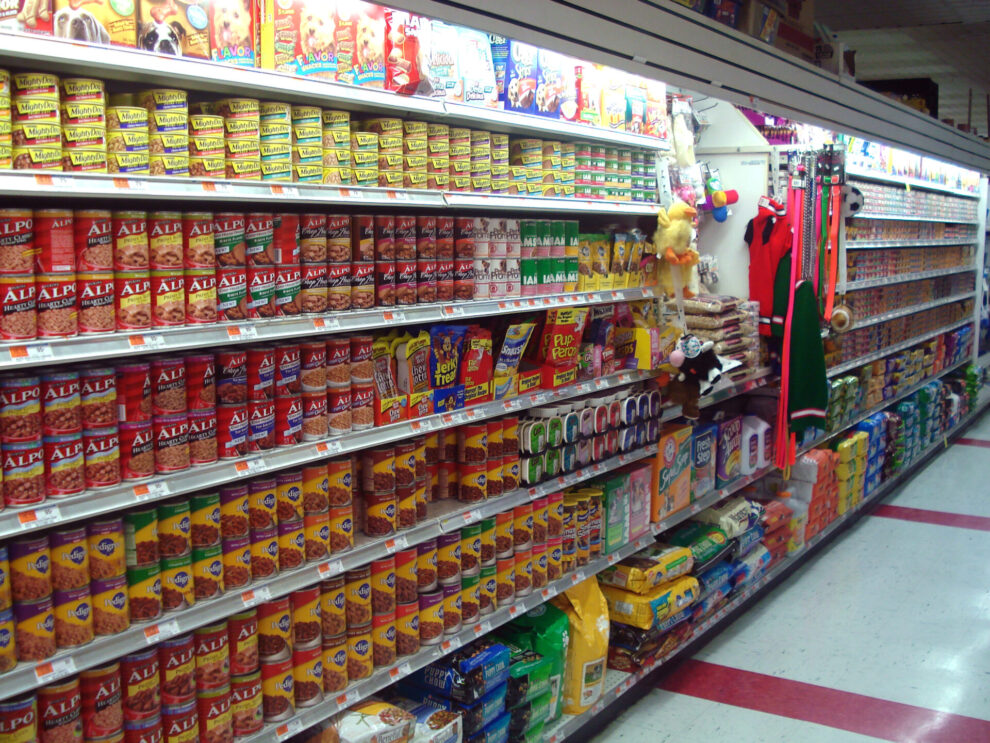With a stable economic environment and high consumer purchasing power, Chile represents an opportunity for US agricultural product manufacturers, according to the US Department of Agriculture’s (USDA) Foreign Agricultural Service (FAS).
Chile is one of the most open economies in the world, according to the FAS, boasting 31 free trade agreements (FTAs) with 63 economies throughout the globe, like the European Union, China and Central America. The country is also a member of the World Trade Organization and an associate member of the Southern Common Market (MERCOSUR), enabling it to easily import a variety of products from various countries.
According to the Chile National Customs Office, 26% of Chile’s agricultural imports in 2022 came from Argentina, 14% came from Brazil, 13% came from the European Union, 11% came from the United States and 36% came from the rest of the world.
In 2015, the US-Chile Free Trade Agreement removed all remaining duties on American agricultural products, leading to a 33% increase in exports. Additionally, US exports of consumer-oriented products topped $690 million in 2022, 63% of which consisted of agricultural products, according to the FAS. The country’s top 10 consumer-oriented products include meals, pork, beef, corn, poultry, beer, dairy, condiments, food preparations, and dog and cat foods.
Economic perspective and driving trends
Though Chile has a relatively small population compared to its neighbors, the country boasts the highest income per capita in Latin America. It also has the highest gross domestic product per capita within South America at $28,372, in terms of purchasing power parity, according to the World Bank.
Additionally, consumer spending in the country grew 3.7% from 2017 to 2021, making it the third highest rate in Latin America. This spending is only expected to continue. HIS Markit estimates that consumer spending in Chile continue to rise at 1.8% annually. The Chilean peso is also expected to gain 4% against the US dollar by the end of this year.
With such significant purchasing power, consumers have increased the country’s demand for more high-quality agricultural products. The country’s retailers are determined to meet this demand, importing many foreign products.
Walmart serves as the largest supermarket chain in Chile with a footprint of more than 250 retail locations and 13.1% market share. Cencosud is the second-largest retail player with 12.8% of market share.
Pet food opportunities
Similar to other countries, pet ownership in Chile rose during the COVID-19 pandemic with Chilean pet parents increasing their awareness on pet health and wellbeing. Subsequently, this fueled a shift toward more premium pet food options.
The Chilean pet food market mostly consists of imported products. According to the Santiago FAS, the country imported about $235 million of dog and cat foods. Most (41%) of these products came from Argentina and 15% came from Brazil, whereas 18% came from the United States, according to the US Census Bureau Trade Data.
US exports of dog and cat food to Chile almost tripled from $13 million in 2015 to $36 million in 2022. Dog food retail sales are estimated to increase 29% to over $1 billion by 2027, and cat food sales are expected to rise a whopping 45% to more than $600 million annually.
From January to April 2023, US dog and cat food exports to Chile topped $7.44 million, a 24% decrease from $9.75 million during the same period in 2022, according to the USDA’s FAS.
Despite this decrease, exporting opportunities remain high for the United States. According to the FAS, European and Asian pet food products experience high shipping prices, representing an opportunity for US pet foods that experience lower shipping prices.
Customs clearance in Chile is generally “fast and unproblematic,” though the FAS urges US pet food producers to ensure their products meet all Chilean regulations for quick entry. Food and nutritional labels, including those on pet food and agricultural products, must be in Spanish. Additionally, shipments more than $3,000 require the use of a registered customs agent.
Source: Pet Food
















